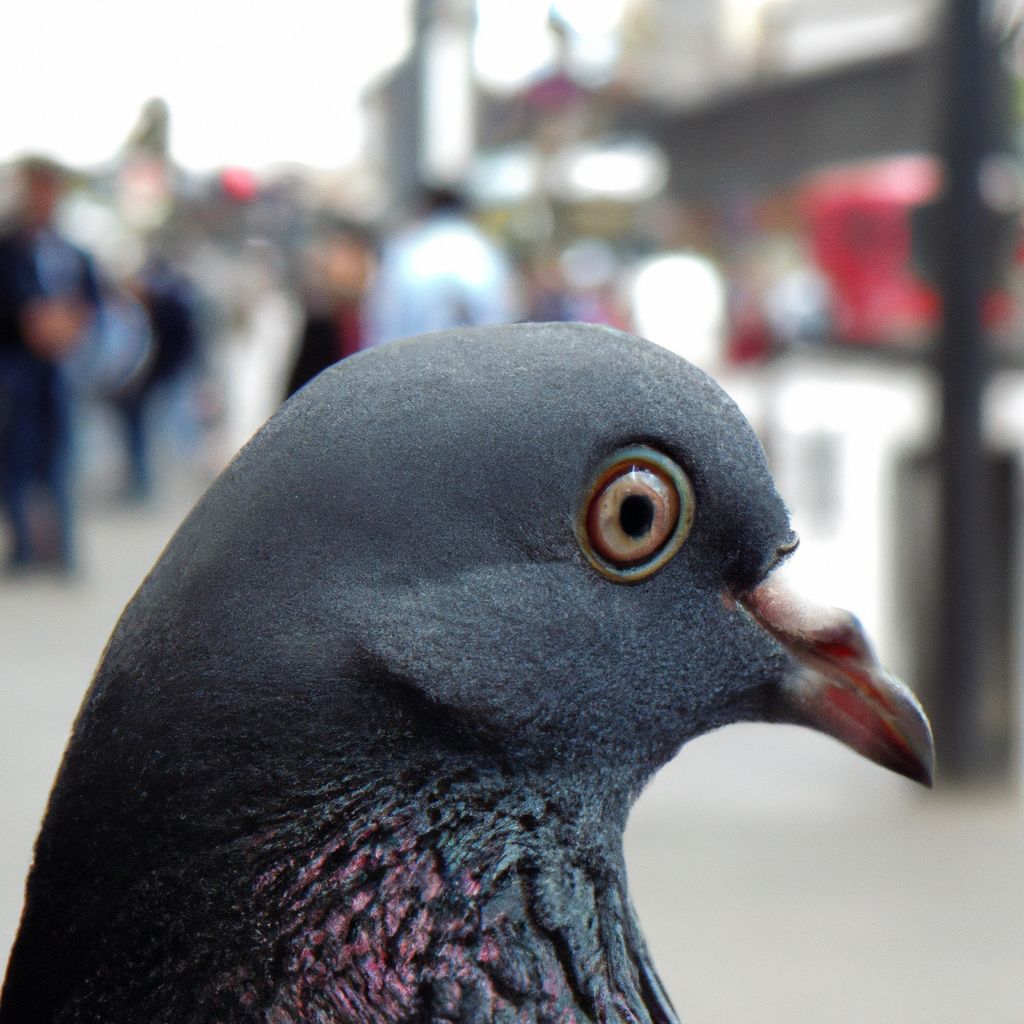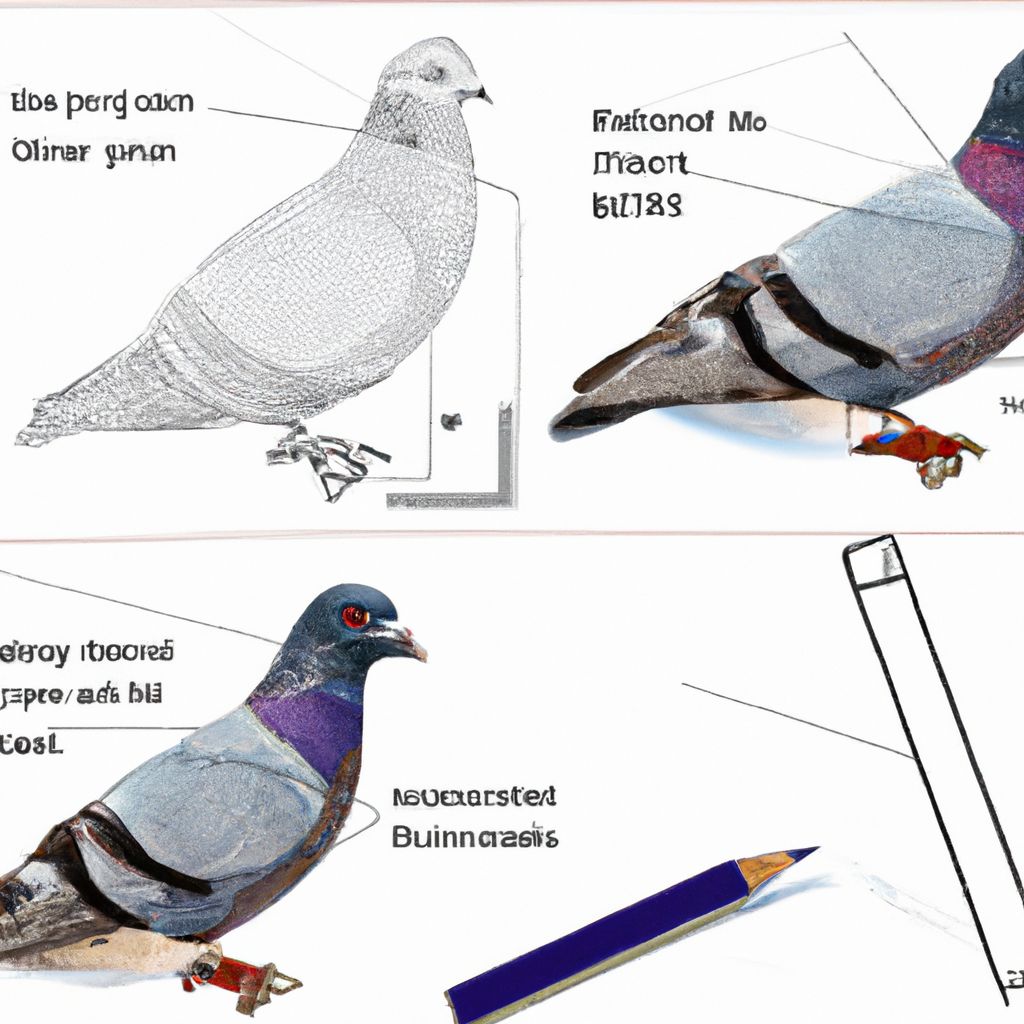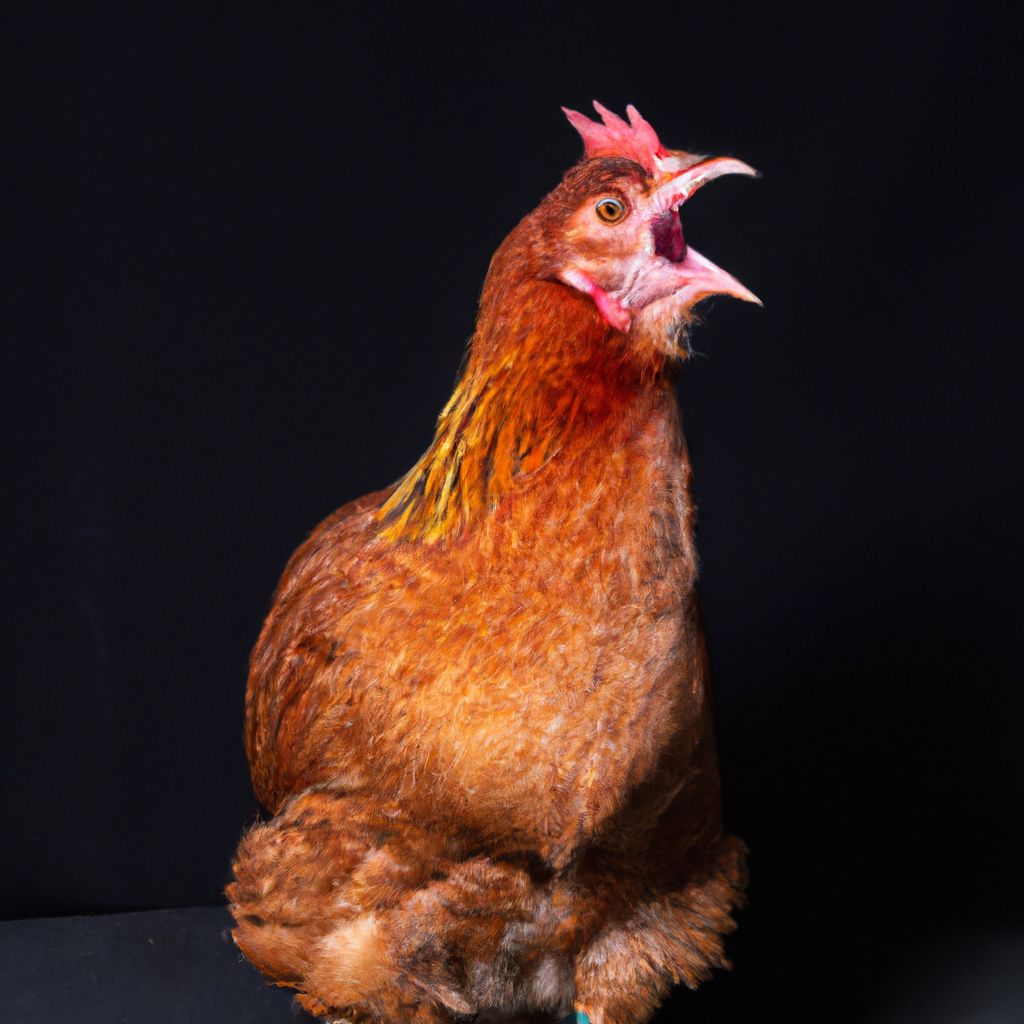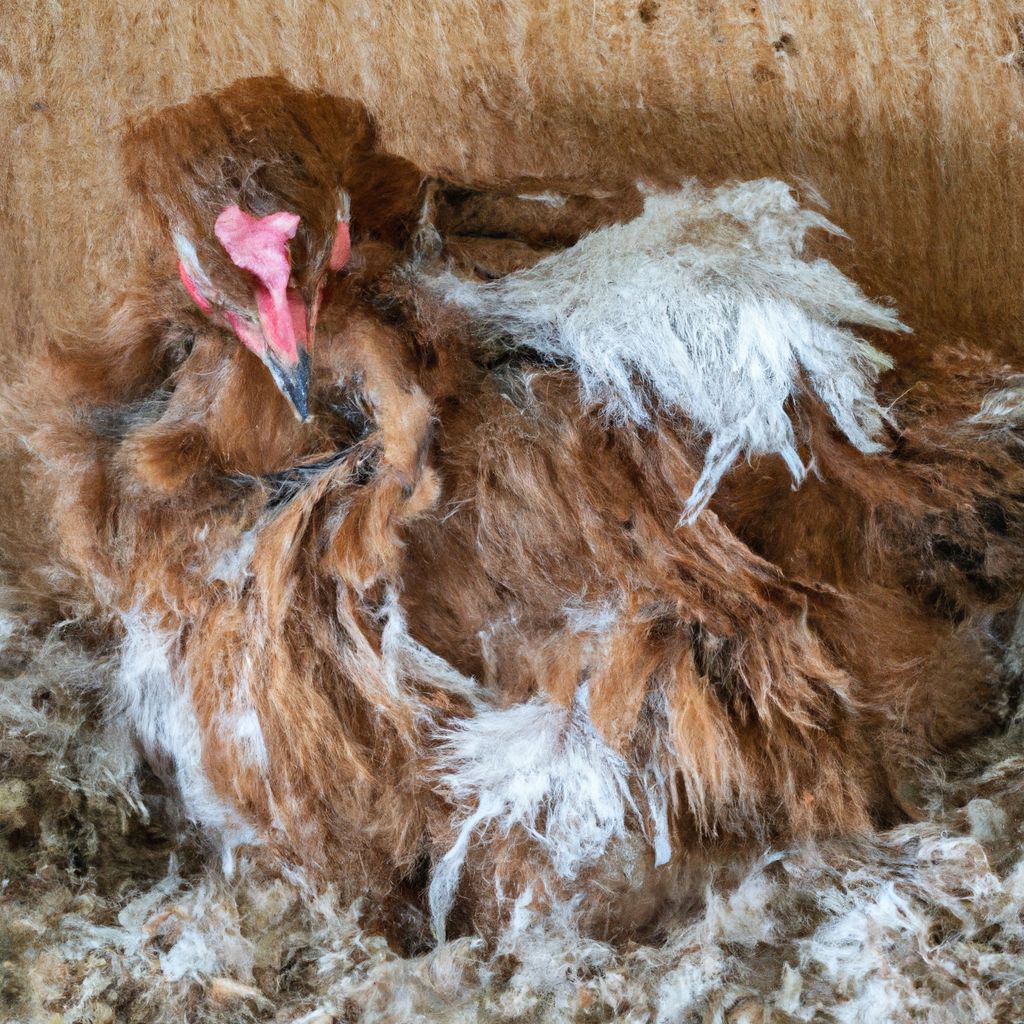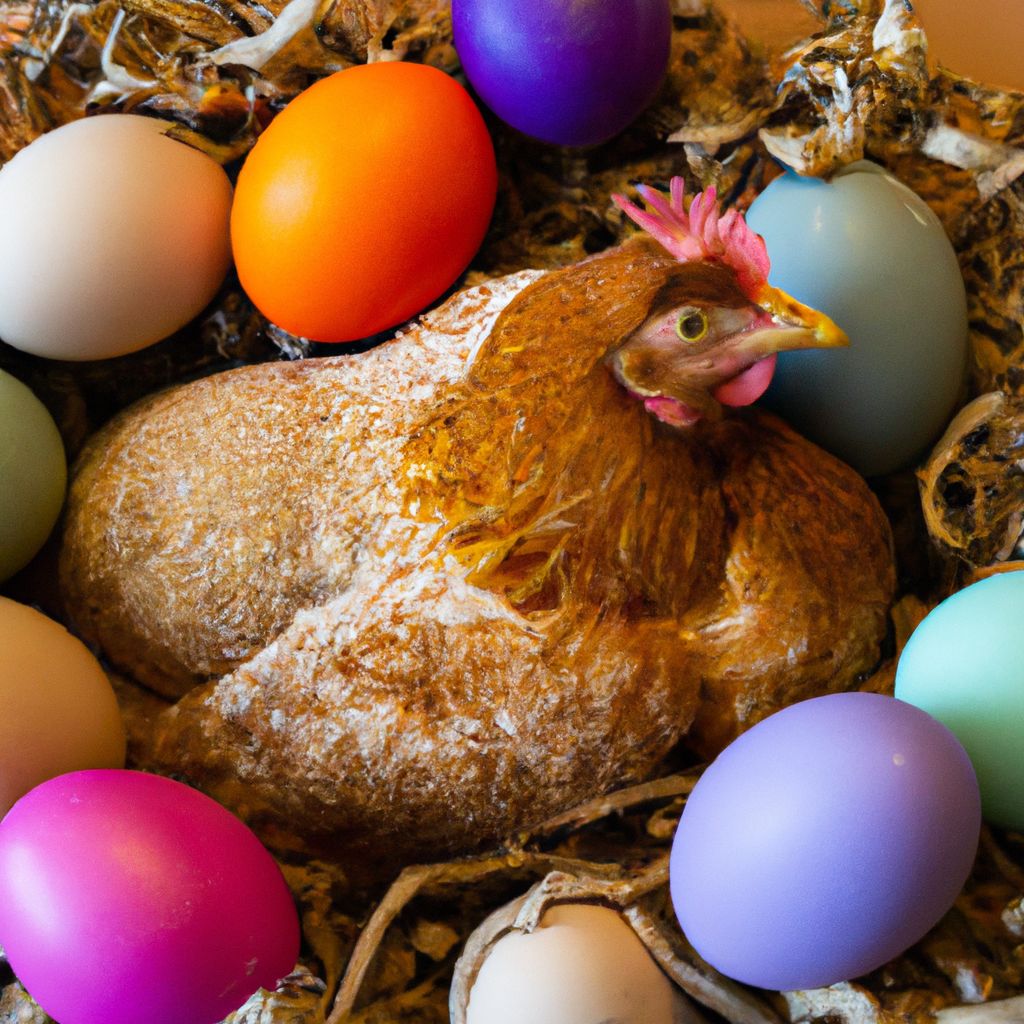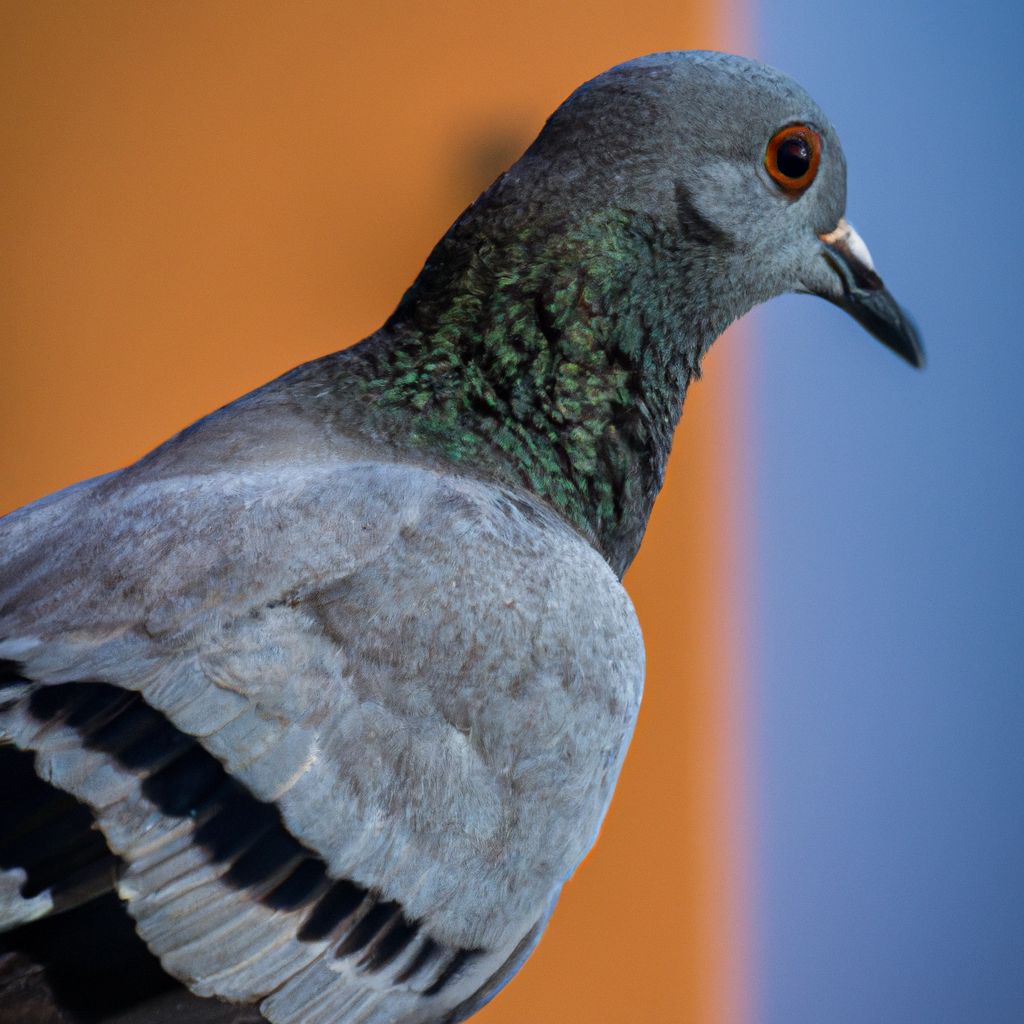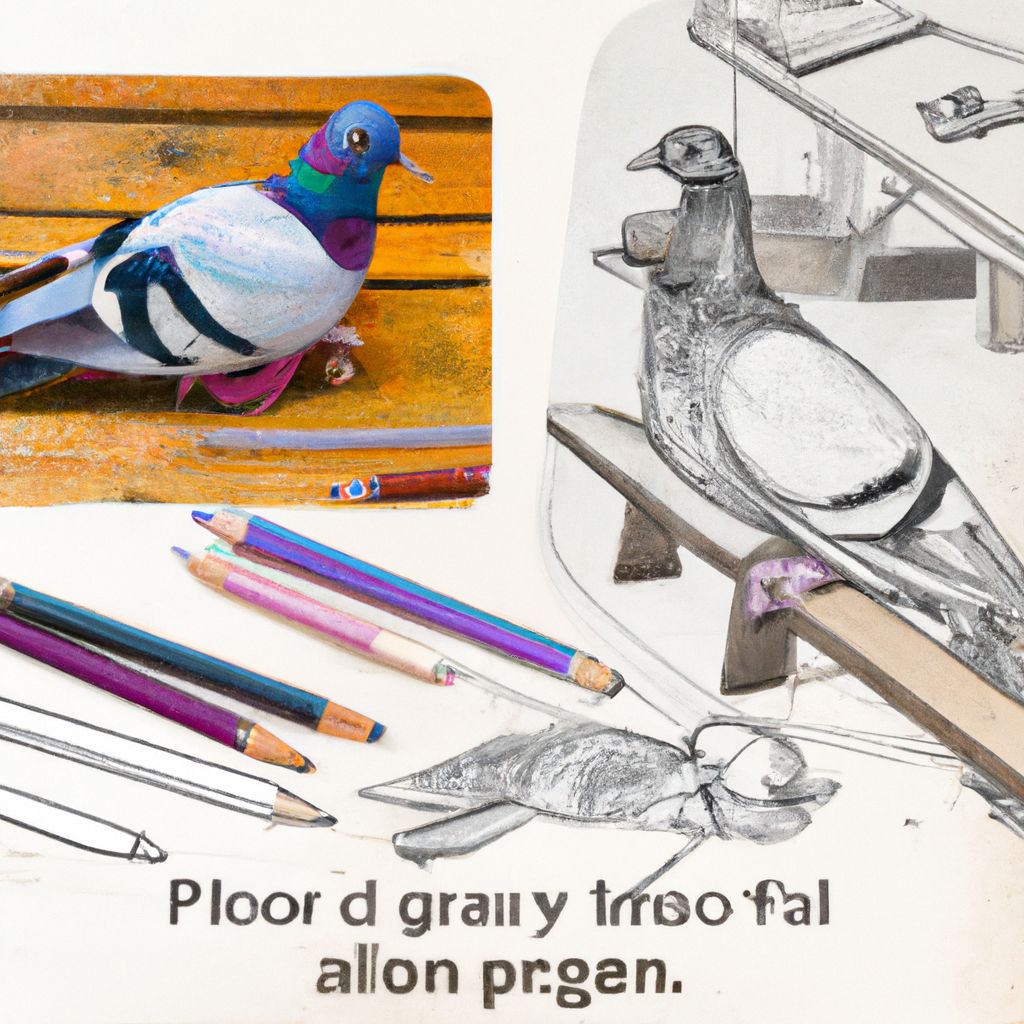Key Takeaways: Pigeons make a variety of vocalizations, with cooing being their main vocalization. There are different types of cooing that have different meanings. Pigeons also sing, producing a unique song that is used for communication and courtship. Wing movements, such as wing beating and clapping, are important behaviors that pigeons use for mating and
Category Archives: Questions About Birds
Key Takeaway: Drawing a pigeon can be a fun and creative process that allows you to express your artistic skills. Using the right materials, such as pencils and paper, is important for achieving realistic and detailed pigeon drawings. Following a step-by-step approach, starting with the basic shape of the body and gradually adding details, can
Key Takeaway: Normal chicken poop is brown and solid with white urates. Cecal droppings are soft and partially digested. Green poop in chickens is usually the result of a diet rich in leafy greens. Yellow poop can indicate coccidiosis or a high-protein diet. Black poop may be caused by dark treats or internal bleeding. Orange
Key takeaways: Chicken yawning is a normal process whereby chickens adjust their crop after a large meal. Yawning in chickens is different from human yawning and can have various reasons such as respiratory problems or something stuck in the throat. Gapeworm infection is a potential cause of yawning in chickens and can lead to breathing
Key Takeaway: Feather loss in chickens can be caused by natural factors such as annual molting, which affects their behavior and egg production. During molting, dietary adjustments may be necessary. Genetic factors can also lead to feather loss, with certain chicken breeds naturally having fewer feathers, like the Transylvanian Naked Neck Chicken. Behavioral factors like
Key Takeaways: Healthy chicken poop is important for overall chicken health and can indicate any underlying issues. Factors such as new ownership, medication, and current symptoms can affect the consistency of chicken poop. Understanding the digestion process in a chicken’s body, including the role of food, water, grit, intestines, and waste elimination, can provide insights
Key Takeaways: Age and seasonal changes can impact egg production in chickens, with older chickens producing fewer eggs and decreased daylight affecting laying frequency. Dietary issues, such as an imbalanced diet or nutritional deficiencies, can also contribute to decreased egg production in chickens. Health factors, including medical conditions like egg binding or molting, as well
Key takeaway: The main sound of pigeons is cooing, which they use for communication, attracting mates, and territorial defense. Pigeons also make other sounds such as wing clapping, stomping their feet, hissing, and beak snapping. Pigeons have different sounds in different contexts, including mating displays and affection, wing sonation during flight, and alarming grunts and
Key Takeaways: Pigeons symbolize communication and message delivery, with historical significance as messengers in various cultures. In different cultures, pigeons carry symbolic traits associated with peace, love, loyalty, and divinity. Pigeons can serve as spiritual signs and deliver messages from the spiritual realm, comparable to other birds with symbolic meanings. Introduction Photo Credits: Chipperbirds.Com by
Key Takeaways: Drawing pigeons can be a popular and enjoyable activity for both artists and beginners. Pigeons offer a wide range of colors, patterns, and characteristics, making them fascinating subjects for drawing. To get started, gather the necessary materials and follow a step-by-step guide to simplify the drawing process. Use tips and techniques to enhance

